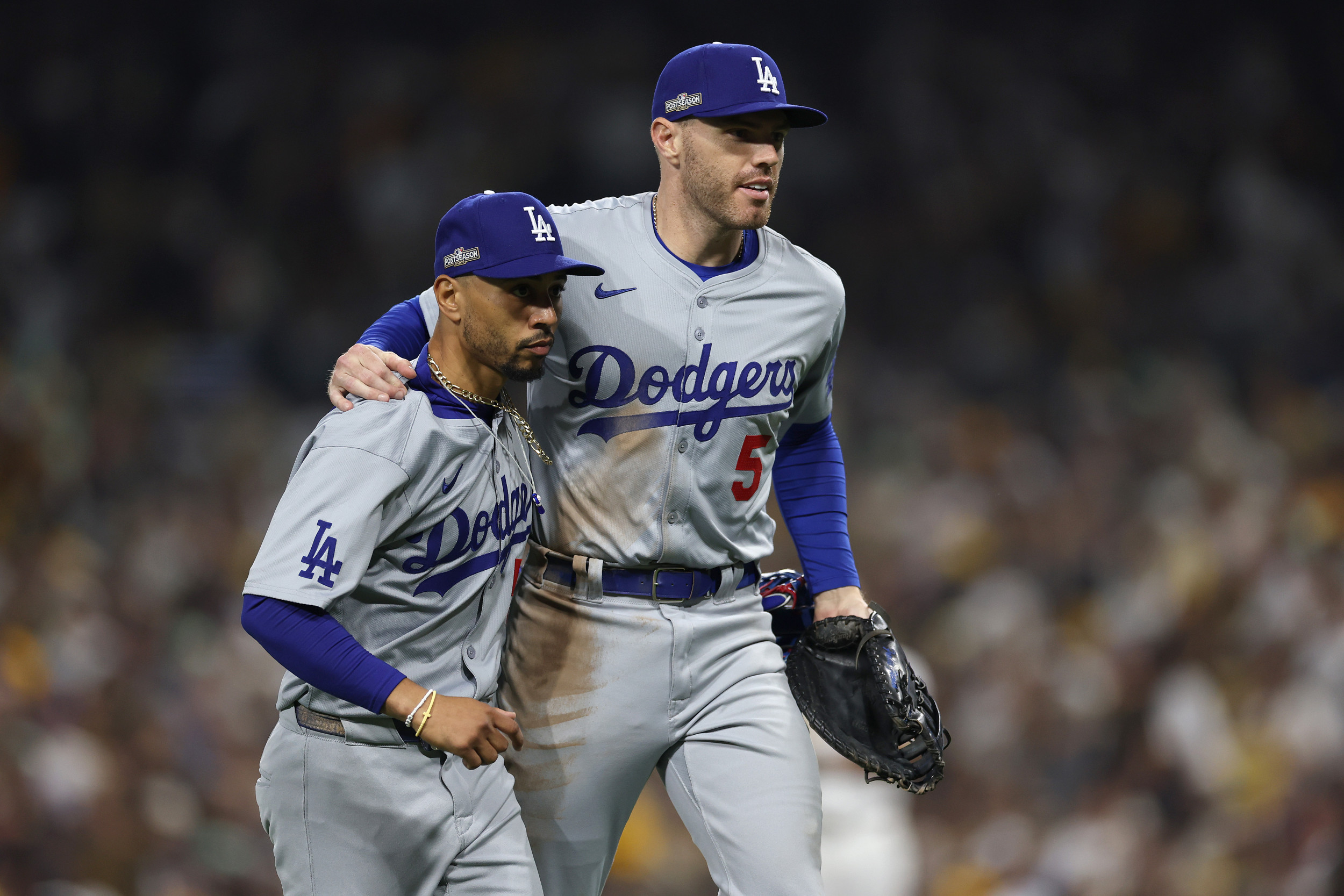Freddie Freeman’s Injury: A Pivotal Moment for the Dodgers in the NLDS
In the high-stakes environment of Major League Baseball’s postseason, injuries can alter the trajectory of a team’s championship hopes. This is particularly true for the Los Angeles Dodgers, who face a significant challenge with the absence of their All-Star, Freddie Freeman, as they prepare for Game 4 of the National League Division Series (NLDS) against the New York Mets. The sprained right ankle that Freeman suffered on September 26 has proven to be more than just a minor setback.
The Impact of Freeman’s Injury
Freeman’s absence is felt deeply within the Dodgers’ lineup. A stalwart at first base, Freeman’s willingness to push through pain is admirable but raises concerns about his long-term health and performance. Since suffering the sprain, which usually entails a recovery period of 4 to 6 weeks, Freeman’s efforts to rejoin his teammates have been commendable yet precarious. He has started the first three games of the NLDS but was unable to finish the second game against the San Diego Padres after aggravating the ankle.
With Game 4 on the horizon, Freeman’s name is conspicuously absent from the starting lineup, compelling Dodgers’ manager Dave Roberts to shuffle the roster. Max Muncy fills in at first base, while Kiké Hernández takes over at third base, showcasing the team’s depth in a critical moment. This reconfiguration puts additional pressure on other players such as Teoscar Hernández, who is positioned to bat third in Freeman’s stead.
Strategic Moves in the Lineup
Freeman’s absence not only affects the batting order but also alters the Dodgers’ strategic approach. With left-handed pitcher Jose Quintana starting for the Mets, the Dodgers are pushing for a right-handed heavy lineup to gain an advantage. Gavin Lux, another left-handed hitter, is also sidelined due to a hip injury, further complicating the situation. The decision to start Chris Taylor at second base and rookie Andy Pages in center field highlights the adaptive tactics employed by Roberts, designed to maintain offensive potency in Freeman’s absence.
The impact stretches beyond defensive alignments and includes the batting order as well. With Freeman out, the Dodgers will need every ounce of offensive firepower available. Teoscar Hernández’s move up to the third spot reflects a strategy to leverage his potential against a challenging Mets pitching staff, while Tommy Edman takes on a crucial role as the cleanup hitter during this pivotal game.
Performance in the NLDS So Far
Freeman has shown flashes of his brilliance in the postseason, going 4 for 14 (.286) with four singles during the NLDS. His performance includes missing a key Game 4 against the Padres, which the Dodgers ultimately won. The statistics might not fully encapsulate his influence; his ability to draw on-field attention often opens up opportunities for other hitters.
As the Dodgers lead the best-of-seven NLDS series two games to one, the strategy will be crucial moving forward. Current series statistics show Freeman at just 3 for 13 (.231) with three singles and a walk, a performance that, while not stellar, underscores his vital presence in the batting lineup. Roberts had previously expressed confidence that Freeman’s competitive spirit would drive him back into the lineup, emphasizing the physical toll it would require.
Looking Ahead
The urgency intensifies as the series progresses, with Game 5 lurking on the horizon. There’s speculation that Roberts is exercising caution, opting to give Freeman a much-needed rest against a formidable pitcher like Quintana rather than risking further aggravation of the injury by playing him on consecutive days. The impending decisions are critical, as the Dodgers tread the fine line between putting their best foot forward in the pursuit of a championship and preserving the health of their star players.
As the playoff narrative unfolds, all eyes will be on Freeman’s recovery and readiness for what could be a defining Game 5 in New York. Fans and analysts alike will watch closely, wondering if the heart of the Dodgers’ lineup can continue to thrive in the absence of one of its most pivotal pieces. The unfolding drama illustrates the intricate balance of strategy, health, and resilience that characterizes baseball’s postseason atmosphere.
